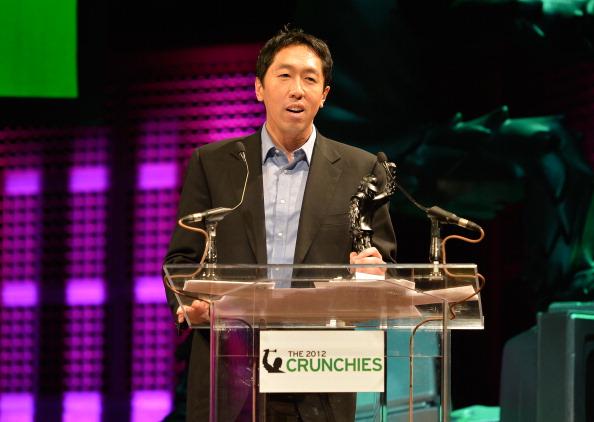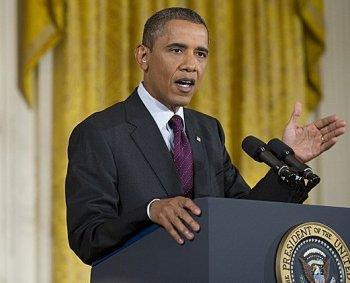Online education has existed for a while now, but has really taken off in the past year. Massive Open Online Courses, or MOOCs, as they are referred to, have refueled an interest in higher education like never before, with some courses attracting hundreds of thousands of students of all ages from all over the world.
The term MOOC was first coined in the “Connectivism and Connective Knowledge” course offered by the University of Manitoba in 2008. It was taken by 25 students enrolled from within the University, and 2300 students from outside. That is a small number compared to today, as a single MOOC can have over 100,000 students. Just ask Dr. Sebastian Thrun, a Stanford Computer Science professor who taught “Introduction to Artificial Intelligence” in Fall 2011 with a class enrollment of over 160,000 from 190 countries. It led him to establish an online higher education company named Udacity in early 2012.
MOOCs are now offered by academic institutions or organizations working with universities, and provide the convenience of a free, world class education in the privacy of one’s home. They have already benefited a large number of people, including students who cannot afford to pay for higher education. They have also assisted working professionals who want to further their skills and enhance their resumes.
Article Continues after the discussion. Vote and comment
[tok id=b35df16616e82205b7063e736dacaf44 partner=1966]
How does a MOOC work?
The wonderful aspect of MOOCs is the easy registration process. You can be anywhere in the world and register for free to enroll in the courses. Since there are no limits to registration or course prerequisites, there is nothing preventing you from participating. Some MOOCs are designed to be self-paced, while others run like a regular class spanning a few weeks or even months.
What do you do in a MOOC?
In a typical course, you would watch lecture videos by the instructor for around 2 hours each week. The learning material is usually cut up in small chunks designed for focused learning. In some cases, there may be interactive quizzes that test your understanding of the topic. For some topics, there may be additional online resources or textbooks as recommended reading.
You may then be asked to do a weekly quiz or assignment that focuses on the topics for that week. In many cases, the assignments or quizzes are graded by a computer program. In some cases, a technique called “Peer Grading” is used. Here, your assignment is graded by 3 or 4 peers who are also taking the class. Sometimes, you may be asked to grade your own assignment. The assignment grade is then determined by the median of all the scores. You may argue that the students don’t know any better. But research by educators Philip Sadler and Eddie Good has shown that self-grading and peer grading are very closely related to the teacher grades. Some courses may have a midterm and a final exam as well.
You are not obligated to do the assignments or quizzes or take the exams but if you do finish the course requirements, you will be provided a certificate of accomplishment by the organization offering the course, which serves as proof of completion of the course. In some cases, there may separate certificates based on performance.
If you do not understand a topic well or need more clarification, the discussion forum could be a very important time-saver. Instead of trying to do research yourself, you can simply pose the question on the forum and somebody, from somewhere in the world, will answer it, usually within a few minutes. Since the course could be taken by anyone, an answer could be provided by a 60 year-old researcher, a middle-aged person working in industry, or a 19-year old who is still in school. And sometimes, there can be a long and lively debate lasting for weeks with lots of varying opinions.
Today, MOOCs and online education are becoming an endless resource for lifelong learning and democratizing higher education. In a recent study named “The Future of Education”, Millennial Branding, a research and consulting firm, and Internships.com, the world’s largest internship marketplace, surveyed 1,345 students from several colleges across the United States, and found that students are more willing to learn online and view the future of education as more virtual and social media driven.
If you are interested in MOOCs, the following is a list of the 5 best MOOC providers:
1) Coursera
Coursera, a for-profit organization, was founded in April 2012 by 2 Stanford Computer Science professors Dr. Andrew Ng, and Dr. Daphne Koller. Coursera envisions a future “where everyone has access to a world-class education that has so far been available to a select few. We aim to empower people with education that will improve their lives, the lives of their families, and the communities they live in.”
Coursera offers courses in several topics including Humanities, Medicine, Biology, Social Sciences, Mathematics, Business, Computer Science, among others. It has over 4.2 million students and 84 partner Universities.
To take free classes, please visit: http://www.coursera.org
2) EdX
EdX is a non-profit organization launched in May 2012 by founding partners Harvard and MIT, and evolved from MITx, a project launched by MIT in December 2011. According to EdX, “we’re bringing the best of higher education to students around the world”. As of July 2013, EdX offers 56 MOOCs and interactive online classes in subjects including law, history, science, engineering, business, social sciences, computer science, public health, and artificial intelligence (AI).
To learn more, please visit: http://www.edx.org
3) Udacity
Udacity is an educational organization founded in February 2012 by Sebastian Thrun, David Stavens, and Mike Sokolsky. As of July 2013, they offer 28 MOOCs in topics such as Computer Science, Mathematics, Business, Science and Design.
Check out some classes at: http://www.udacity.com
4) Udemy
Udemy is an online learning platform launched in 2010 by Eren Bali, Oktay Caglar, and Gagan Biyani. It recruits top instructors from all over the world including best-selling authors, CEOs, celebrities, and Ivy League professors. These expert instructors have “taught over 500,000 students on Udemy, helping them learn everything from programming to photography to design to yoga and more”. As of April 2013, Udemy offers over 6000 courses.
View the courses at: http://www.udemy.com
5) Carnegie Mellon Open Learning Initiative
The Open Learning Initiative, created in 2002, is a group funded by grants at Carnegie Mellon University. It offers innovative online courses to anyone who wants to learn or teach them. The aim is to “create high-quality courses and contribute original research to improve learning and transform higher education.”
The Open Learning Initiative offers free online classes in subjects such as Physics, Chemistry, Biology, Psychology, Statistics, Economics, and French.
Learn more at: http://oli.cmu.edu
Special Mention: MIT Open CourseWare
The topic of MOOCs would not be complete without mentioning MIT’s Open CourseWare initiative that was launched over a decade ago, when MIT decided to put all their course materials online. As of 2012, there are over 2150 courses posted online with topics ranging from Business, Engineering, Fine Arts, Health and Medicine, Humanities, and Social Sciences.
Please visit: http://ocw.mit.edu
MOOCs can be a lot of fun, as I found out when I completed the Statistics: Making Sense of Data Coursera class from The University of Toronto. The professor, Dr. Jeffrey Rosenthal, was creative enough to help students review the concepts via a final song. It is still ringing in my head “..a MOOC a MOOC a MOOC..” You can watch it here.




